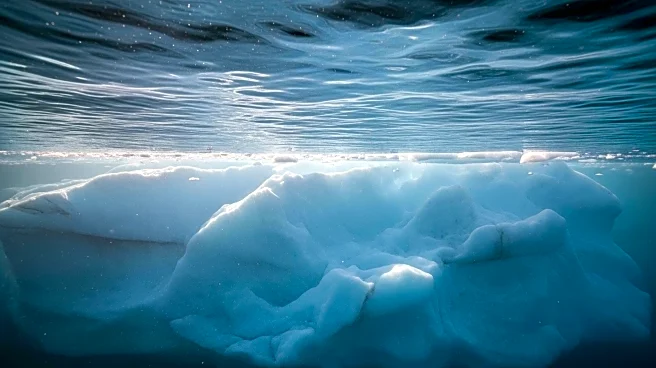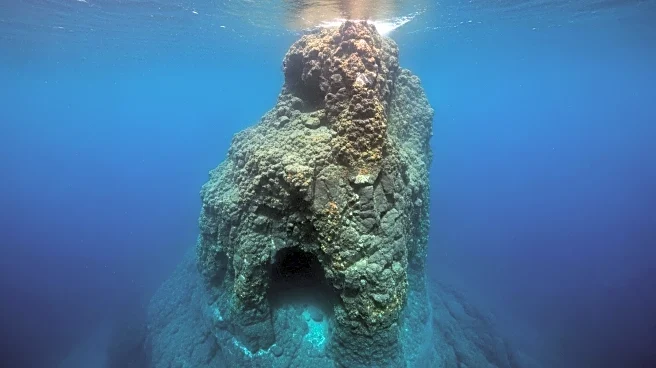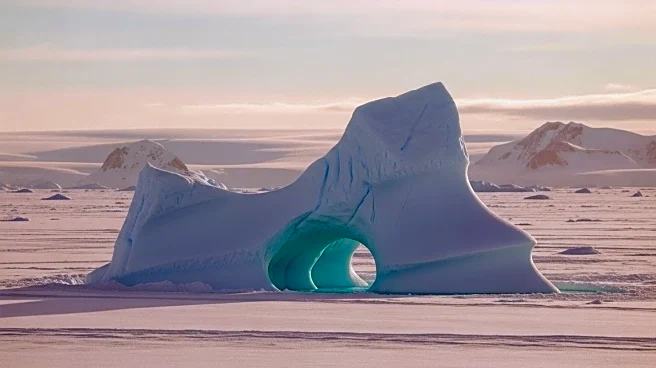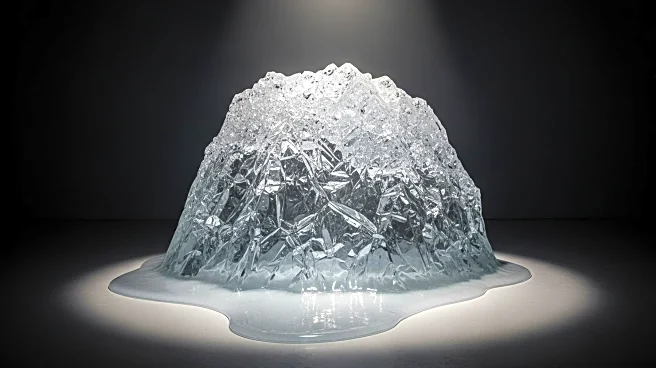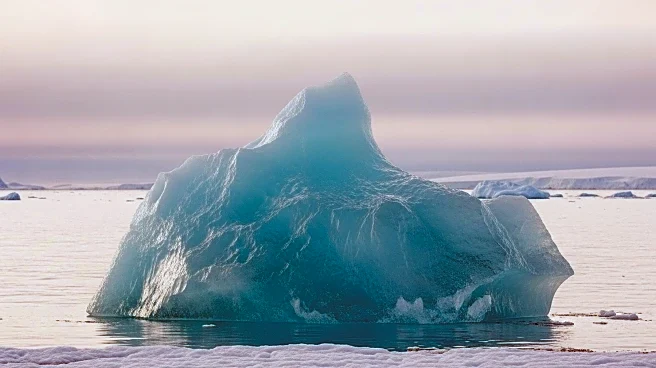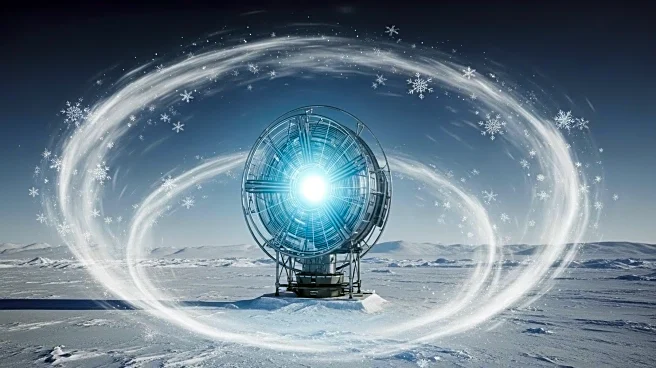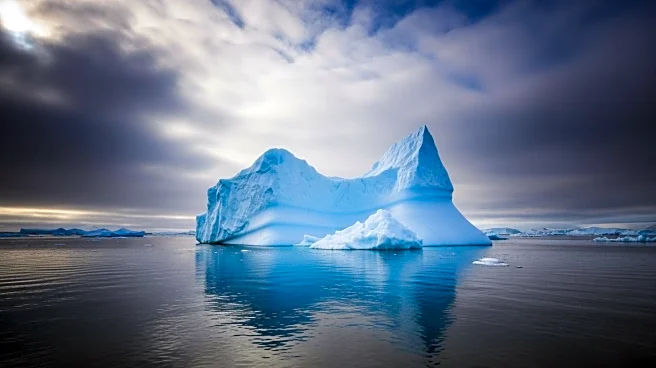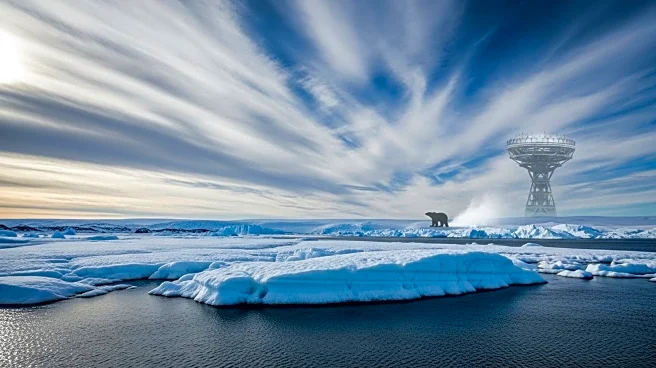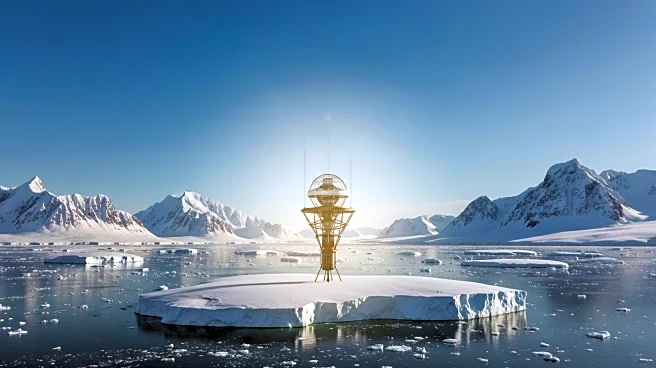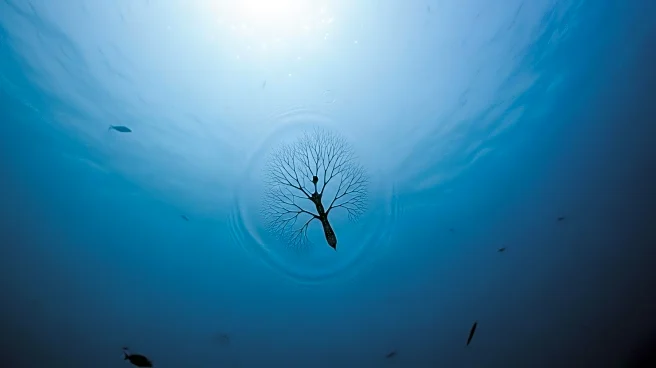What is the story about?
What's Happening?
Researchers from the University of Washington have deployed fiber-optic cables on the ocean floor near a Greenland glacier, revealing that collapsing ice creates giant underwater waves. These waves accelerate glacier melting in ways previously unmeasured. The technology allows scientists to collect vital data from a safe distance, overcoming the hazardous conditions at the glacier's front where ice crashes into the sea. The study highlights the impact of these hidden waves, which mix warm ocean water with colder glacier meltwater, speeding up the melting process. The Greenland ice sheet, which has been shrinking for 27 years, contains enough water to raise global sea levels by 25 feet, posing a threat to millions of coastal residents and potentially disrupting ocean currents.
Why It's Important?
The discovery of these underwater waves is significant as it provides new insights into glacier melting processes, which are crucial for predicting sea-level rise. The affordable fiber-optic sensing technology could revolutionize glacier research, enabling more accurate predictions and giving coastal communities more time to prepare for rising sea levels. The study underscores the fragile nature of Earth's systems and the potential for collapse if disturbed. Understanding these processes is vital for developing effective climate change mitigation strategies and protecting vulnerable populations.
What's Next?
Researchers plan to expand this monitoring approach to other threatened glaciers, potentially enhancing early warning systems for hazardous tsunami waves triggered by collapsing ice. The data collected will help refine predictions about sea-level rise, aiding in the development of strategies to mitigate its impact. The continued deployment of fiber-optic cables at glaciers worldwide could provide a comprehensive understanding of glacier dynamics and inform global climate policy.
AI Generated Content
Do you find this article useful?
